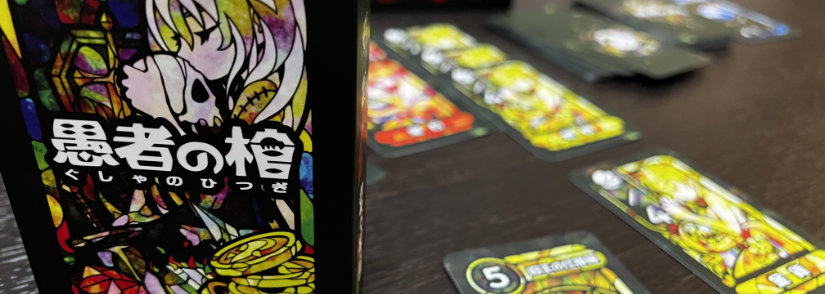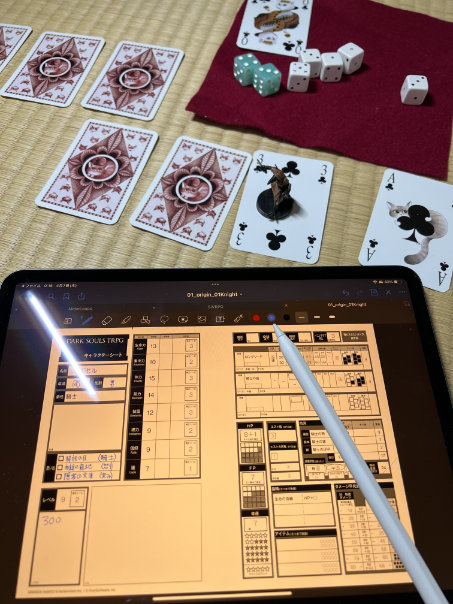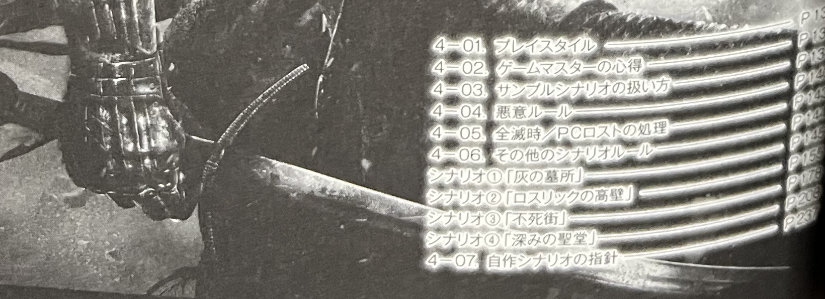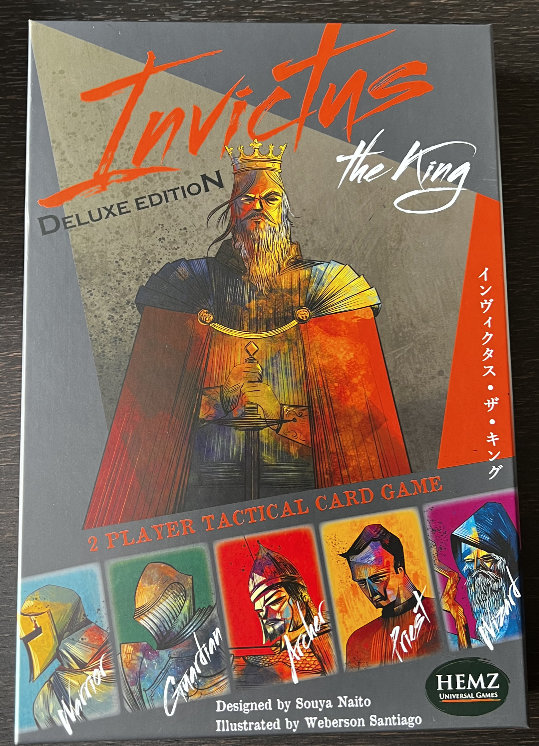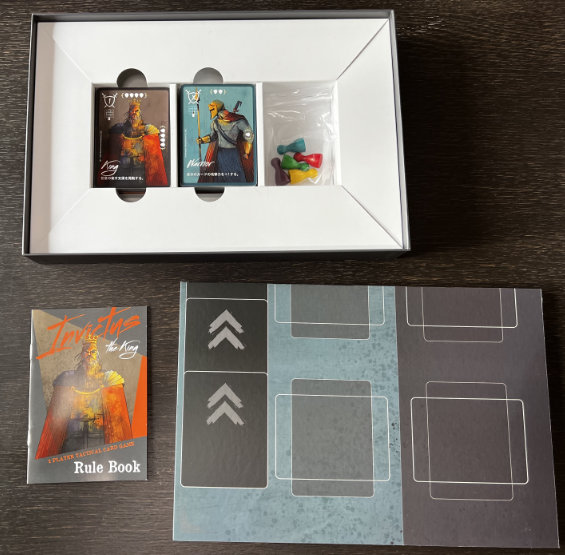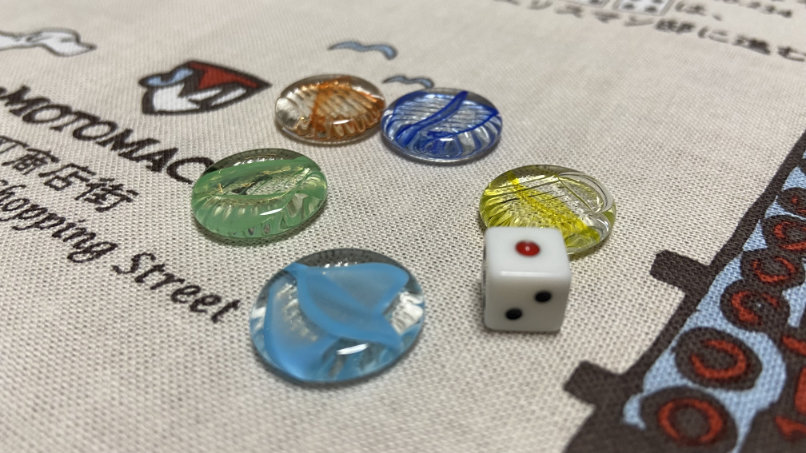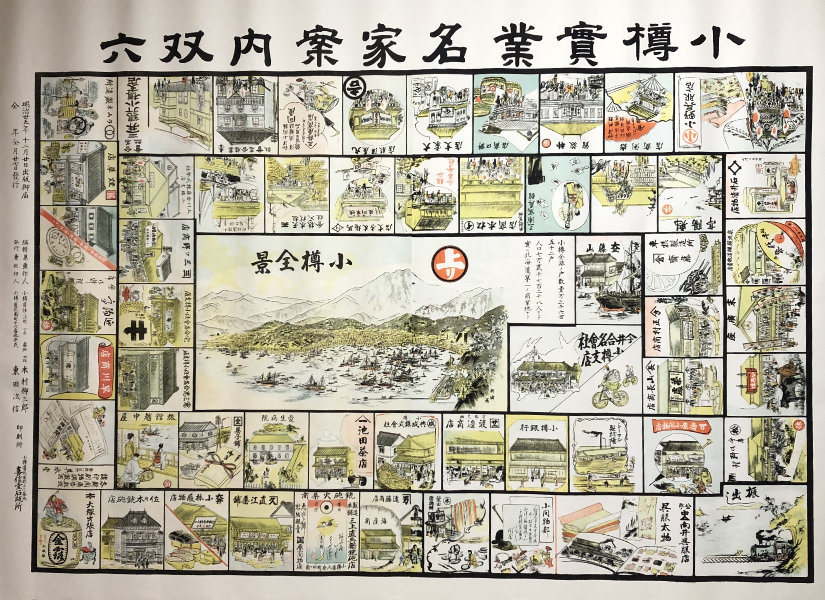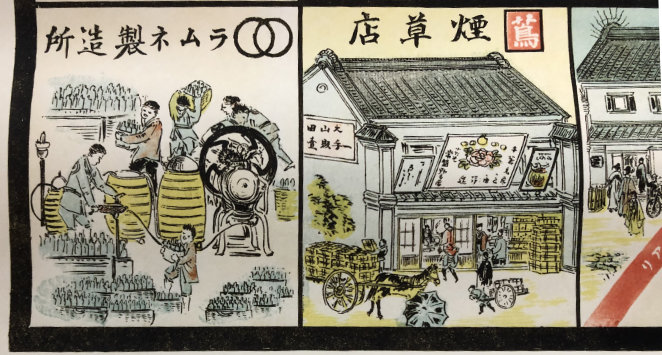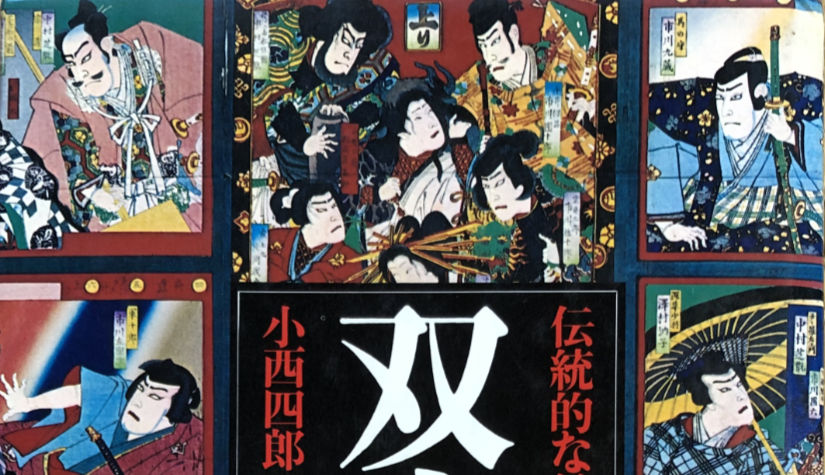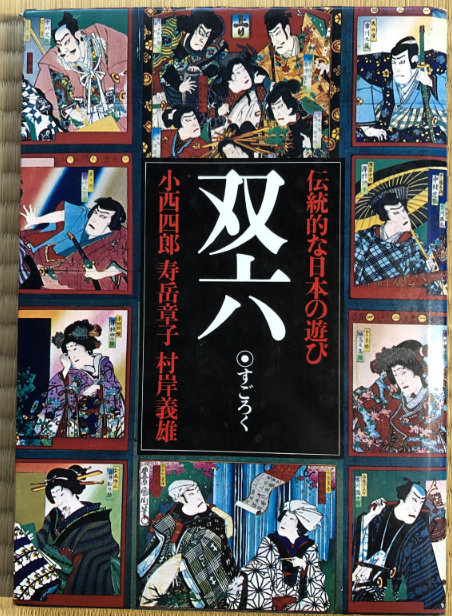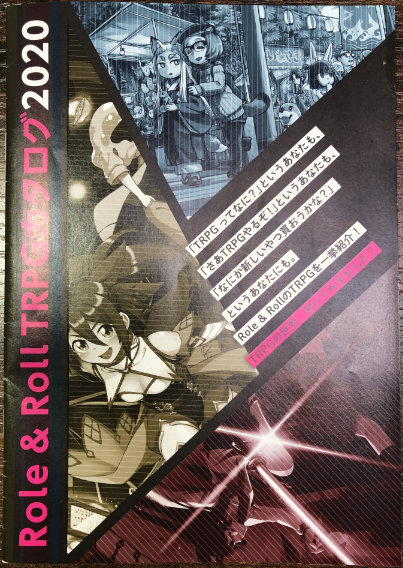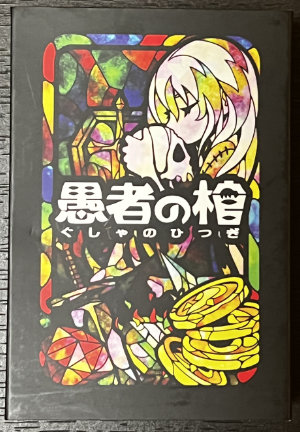 Fool’s Coffin is a drafting game for two to six players with a twenty minute play time. Players are adventurers attempting to acquiring treasure from an ancient king’s tomb. Complicating this are five ghosts that like to play tricks on intruders. I picked Fool’s Coffin a while back at Tokyo Game Market and finally got a chance to play it. I was initially drawn to it by its beautiful cards, but was also looking for a lighter game with short play time.
Fool’s Coffin is a drafting game for two to six players with a twenty minute play time. Players are adventurers attempting to acquiring treasure from an ancient king’s tomb. Complicating this are five ghosts that like to play tricks on intruders. I picked Fool’s Coffin a while back at Tokyo Game Market and finally got a chance to play it. I was initially drawn to it by its beautiful cards, but was also looking for a lighter game with short play time.Contents
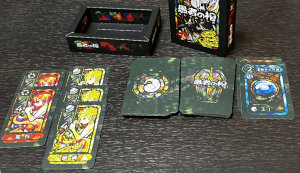 There are 25 ghost cards (five per type) and thirteen types of items for a total of 30 item cards. Each item corresponds to one of the five ghosts. For example, a sword is covered by the weapons ghost. Finally there are six reference cards, one for each player, listing the tricks each ghost does.
There are 25 ghost cards (five per type) and thirteen types of items for a total of 30 item cards. Each item corresponds to one of the five ghosts. For example, a sword is covered by the weapons ghost. Finally there are six reference cards, one for each player, listing the tricks each ghost does.
Rules
The winner is the first player to get ten points. The starting player begins with two item cards, while the others begin with one. Each turn has three phases:
- Draw an item card
- Play item card
- Enquiry (attempt to acquire the item by consulting a ghost)
After phase three and checking victory conditions, the current player chooses a card from their hand and passes it to the next player, whose turn then begins.
“Enquiry” as phase three requires some explanation behind the word. The action is literally “うかがい” (ask/enquire), and it’s explained as 伺いを立てる, which is to ask a superior for permission. Rather than looting or otherwise forcibly stealing from the tomb, you’re instead politely asking the ghosts for permission to receive an item.

